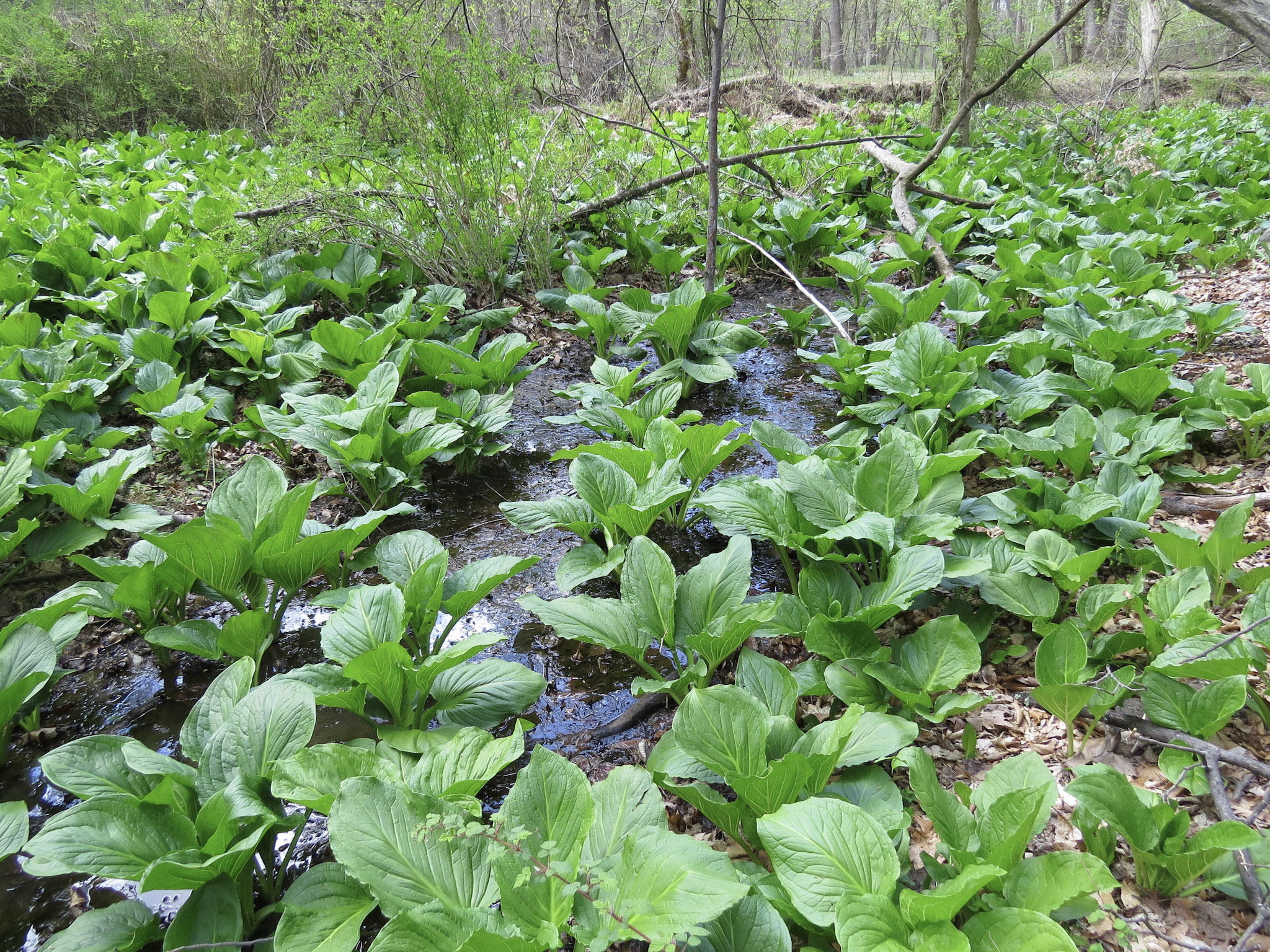Biodiversity
Habitats & Ecosystems
DELAWARE HABITATS
Although small in land area, Delaware’s temperate climate; proximately to rivers, bays and coast and varied geology; results in a large variety of terrestrial and aquatic habitats. Delaware is a biological transition zone where northern plants and animals mix with southern species. Delaware’s Wildlife Action Report written by the Delaware Division of Fish and Wildlife
identifies approximately 45 different natural habitats where many species of plants, animals, and abiotic elements come together, creating a complex, dynamic, and varied web of life. The northern tip of Delaware is comprised of the rolling hills, river-created valleys, and low ridges of the Appalachian Piedmont province. This region is also characterized by rocky, fast-
flowing streams and rich deciduous forests dominated by oaks, hickories, tuliptree, and American beech. In the floodplains of the streams, diverse freshwater wetlands including marshes and vernal pools can be found.
The remaining land in Delaware is the mostly flat Atlantic Coastal Plain, where slow- moving tidal and non-tidal streams flow either east to the Delaware River and Bay, west to the Chesapeake Bay, or south to Delaware’s inland bays. Fresh, brackish, and saltwater marshes are found along the streams and on the Delaware River and Bay and Atlantic coasts. Oak, maple, gum and American holly trees dominate the woodlands, often mixed with loblolly and Virginia pine as you move south. Maritime dunes and forests can be found along the Atlantic coastline as well as bald cypress swamps inland (the northern limit of bald cypress swamps in the U.S). Unique and diverse wetland habitats such as Delmarva bays, sphagnum bogs, and sea level fens are also found on the coastal plain.
Delaware’s biologically rich habitats are home to many plants and animals – some common and others are very rare.
A few examples:
- Delmarva bays (seasonally-wet freshwater depressions) provide breeding habitat for thirteen frogs species and four salamanders, several that are rare or uncommon and two that are state endangered.
- The Delaware Bay beaches are a major stopover for several species of shorebirds including the federally threatened Red Knot. During their 2-3-week spring stay in Delaware, the shorebirds feed on the eggs of the largest population of Atlantic horseshoe crabs in the world.
- Delaware’s forests harbor many species of plants including some of our most beautiful wildflowers. These wooded areas also provide breeding habitat for many amphibians, reptiles, birds and mammals and multitudes of insects as well as a resting and feeding area for migrating birds.
- Our coastal saltmarshes and freshwater impoundments attract tens of thousands of migrating waterfowl – some of which spend the winter here.
- Delaware’s streams and rivers are home to many fresh and brackish-water fish and our tidal marshes are major nursery areas for many marine invertebrates and fish, including blue crabs and striped bass.
Take Action
Find great suggestions, useful resources, and learning opportunities for Delawareans of all ages.
Get Outside
Explore all the riches of Delaware during all seasons. Adults, children, and families are welcome.
Make a Difference
Take action by giving your time or funds to improve Delaware’s diverse environment.
Learn More
Discover community resources for learning more about Delaware's biodiversity, volunteer projects, and certification opportunities.



